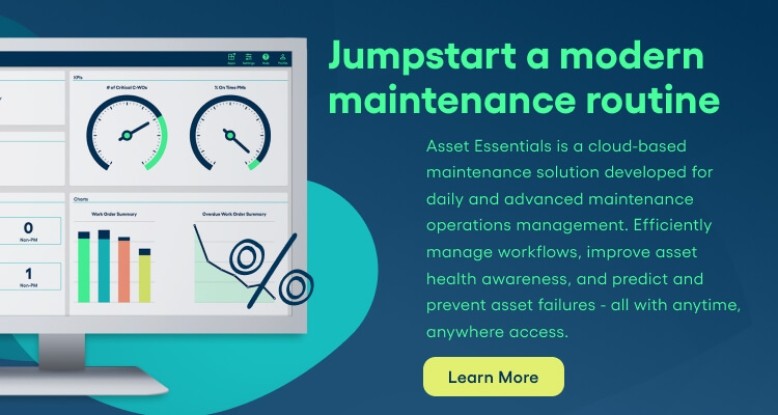Building an Effective Stormwater Management Plan
What are the steps you need to take to make your stormwater management program as successful as possible?
"Check out this blog for tips on stormwater management and a real-life example of software and NPDES compliance."
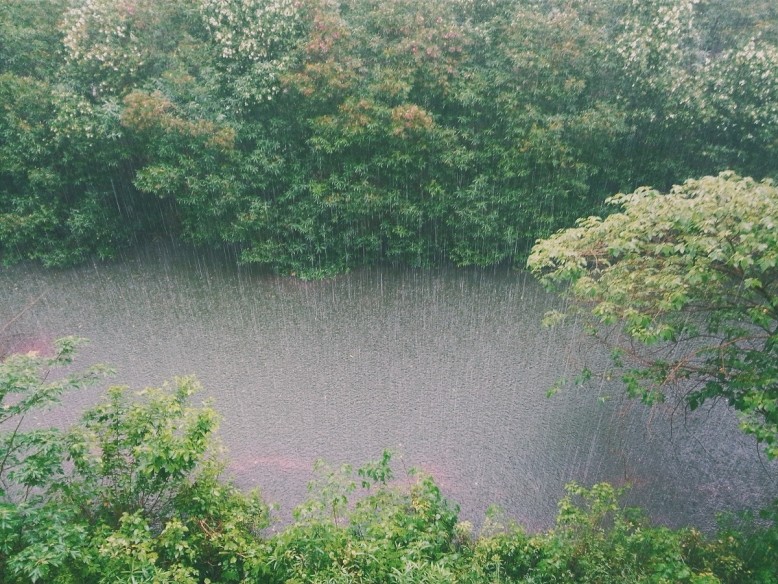
Whenever storms occur, it can be easy for sewage and pollutants to enter into the water.
Some even go as far as to say that stormwater runoff is one of the more significant environmental issue facing communities today. That may be why your stormwater procedures could be top of mind for your governmental organization.
Many municipalities are currently addressing the implementation of a stormwater program under the Phase II small MS4 regulation by the EPA. With that comes a great amount of responsibility to ensure compliance with the regulations and improving the safety of your citizens and community.
Find out the difference between Phase I and Phase II MS4s
There are also many economic benefits to be had with improving stormwater procedures. In a 2013 study, the Environmental Finance Center estimated the return on every dollar invested in stormwater infrastructure could range from $1.45 to as much as $3.16.
The following are steps you can take to create a successful stormwater management plan with a significant ROI for your county or city.
Understanding your NPDES permitting framework
First, you will have to submit permits under the National Pollutant Discharge Elimination System (NPDES) to get your stormwater management program or SWMP approved. There are also unique requirements for construction areas.
The NPDES is a permit program that "addresses water pollution by regulating point sources that discharge pollutants to waters of the United States."1
Within your permit application for the MS4 program, you'll need to include your chosen best management practices (or BMPs), as well as goals for each minimum control measure.2
Before writing a permit, the EPA suggests reviewing:
- Past annual reports for information on trends or common problems, specific sources of pollutants, water quality priorities and more
- Any current SWMP documentation
- NPDES MS4 audit reports
- Information on quality of receiving waters
- Permit renewal application data
- Previous MS4 permit
The permit should also be clear about the following:3
- What needs to happen
- Who needs to do it
- How much they need to do
- When they need to get it done
- Where it is to be done
Understanding your history with stormwater programs, as well as being clear with your goals, will help your permit to be more compliant.
Check out the Stormwater Resource Locator to see federal and local rules for your state.
Primary components of an effective program
According to the EPA, "The Phase II Rule defines a small MS4 stormwater management program as a program comprising six elements that, when implemented in concert, are expected to result in significant reductions of pollutants discharged into receiving waterbodies."
These elements include:
- Public education and outreach
- Public participation/involvement
- Illicit discharge detection and elimination
- Construction site runoff control
- Post-construction runoff control
- Pollution prevention/good housekeeping
Managing each of these critical areas of stormwater will help make your program more streamlined and effective. Furthermore, you'll need to put specific communications into place to get the word out so to speak about your projects and how you're helping the community be safer and healthier.
Gaining funding
The next step will be to get funding for your SWMP. There are a number of ways that you can attack this, including utilizing capital funding or annual funding.
According to the EPA's funding guide, "Finding the lowest cost funding methods will be a significant challenge to permittees. It is likely that most permittees will continue to depend on local revenue bonds or State Revolving Fund loans for capital to fund CSO (combined sewer overflows) controls. However, it is possible that alternatives to these methods may be available to provide CSO funding."
Capital funding
Capital funding efforts are generally grouped into:
- Bonds
- Loans
- Grants
- Privatization
- Other capital funding options like special reserves and assessments
After reviewing each of these types of funding, you will be able to weigh the pros and cons of each and determine what will work best for your specific stormwater projects.
Annual funding
The EPA narrows down the major annual funding options to three categories:
- Fees
- Taxes
- Miscellaneous like proffers and capacity credits
It will be important to get feedback from your leadership or even other departments to help you decide if annual funding is a viable option for your project(s).
A system for documentation
Now that you have your plan and funding outlined, you'll need to ensure you have a way to keep close documentation on every aspect of your project.
For example, most permittees will be required to track outfall locations with GPS coordinates and provide photos, as well as maintain a storm sewer map. They will also be required to implement a Discharge Detection Plan and a system for tracking inspections and violations. Notice of Violations (NOVs) must also be tracked, and you may be required to maintain permitting for construction sites greater than 1 acre.
If you're relying on all paper records for tracking and reporting, then you might want to look into using a software system for organizing files, projects and locations. A mobile maintenance management system (computerized maintenance management system) can help you track all of that in one place, while allowing your entire team to input location-based data with robust GIS capabilities. This can help you stay compliant with your SWMP and give you the transparency you need to oversee project to project.
See how the City of Clyde Hill uses a system to simplify their stormwater plan at the end of the article.
Getting your community involved
Involving the public during the planning process will help to ensure that your program is successful, and it is even required by Phase I and II regulations.
Public participation can be encouraged with these steps from the EPA's fact sheet:
- Identify key users and groups
- Establish an advisory committee
- Create a stormwater utility website
- Prepare pamphlets and presentations
- Meet with key user groups and the media
- Distribute information before initial billing
See an example of Dayton, Ohio's program
These resources and forums can help you spread the word to citizens, businesses and others in your community to help them get on the same page about the purpose of the project.
"As the public gains a greater understanding of the benefits of stormwater management, an MS4 is likely to gain more support for the SWMP (including financial support) and increased compliance with the applicable regulatory requirements as the public understands how their actions impact water quality."3
The better communication and involvement, the better the outcome with your stormwater management program.
Learn more about creating a watershed outreach program.
Building the reports you need
What type of reporting will be important to document your outcomes?
This will largely depend on the goals and objectives that you set out to achieve with your SWMP. Build reports that clearly outline how you are achieving (or have achieved) those goals on a daily, monthly or annual basis.
Some of the areas that you might want to report on may include:3
- Compliance with this permit
- The effectiveness of the permittee’s stormwater management program
- The chemical, physical and biological impacts to receiving waters resulting from stormwater discharges
- Stormwater discharges
- Sources of specific pollutants
- The overall health and evaluate long-term trends in receiving water quality
This information may be gleaned from daily work, water quality records and other data points.
Again, software can help you create highly-targeted reports in minutes, saving you time and hassle in the process.
See how the City of Concord, CA uses a CMMS to create reports
Although there are several steps to building an effective and compliant stormwater management program, it is achievable when you provide your team with the resources they need to manage your stormwater program with confidence.
A stormwater program in real life: City of Clyde Hill, WA
John Greenwood, Assistant City Administrator
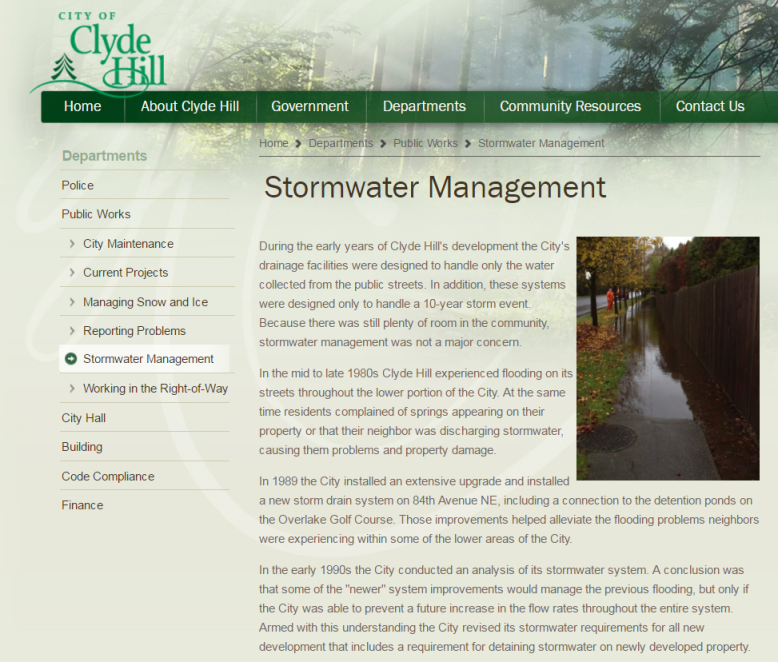
John and his team purchased software about a year ago specifically to help with NPDES compliance through the Washington State Department of Ecology. They are a small city and manage about 1,000 stormwater catch basins.
"We were looking for something that would help us respond to records quickly, track the work on every asset and log our work in a sense that here’s proof that we did it."
In their system, they have set up a custom form for catch basin inspections, so they can have that data from year to year and expedite repairing and replacing catch basins. They also use a GIS tool to create maps of catch basins and other assets. Now, they have records including the date and time stamp, as well as images, for any work on catch basins. "If we get audited, this will show when and where and by whom everything gets done."
Catch Basin Map Before
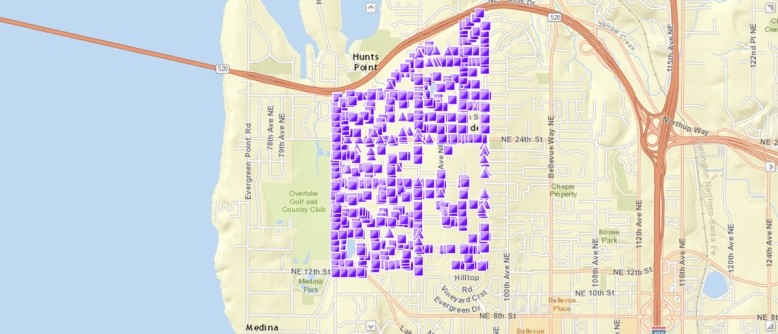
Catch Basin Map After
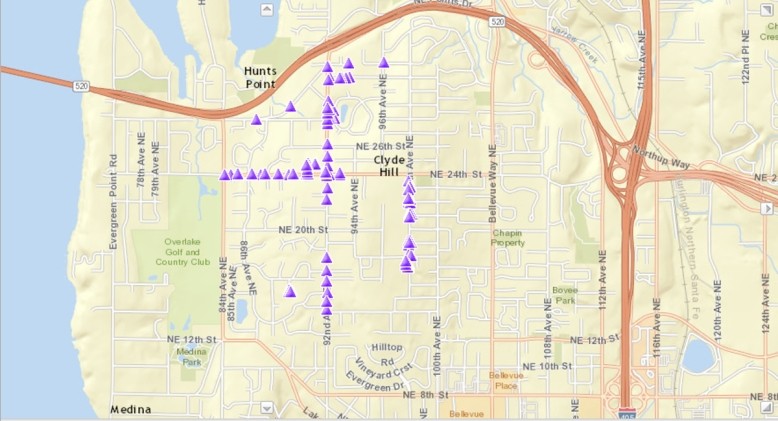
"We are better able to manage the staff that are out there doing the inspections," John said. "It comes down to increasing the ability to better manage your staff, as well as better efficiency and quality control and decreasing liability."
Whenever NPDES does an inspection, John can immediately create work orders for issues that arise and then pass those over to their cleaning company. He says the NPDES paperwork used to take about a week, and now it should only take hours to complete. They are also much less likely to have any errors than when they used paper or a spreadsheet to keep track.
"You can do it without a [software] system, but you would be wasting a lot of time and you would be more error prone." In addition to the software, John attributes some of his success to his Client Enablement Specialist at Brightly, Kim Sirkin.
As far as citizen engagement, they have a bimonthly city newsletter and city website that they use to advise people during certain seasons of what to be aware of to prevent issues around stormwater. They also plan to use social media for outreach in the future.
Learn more about how to ditch paper processes by reading this whitepaper:
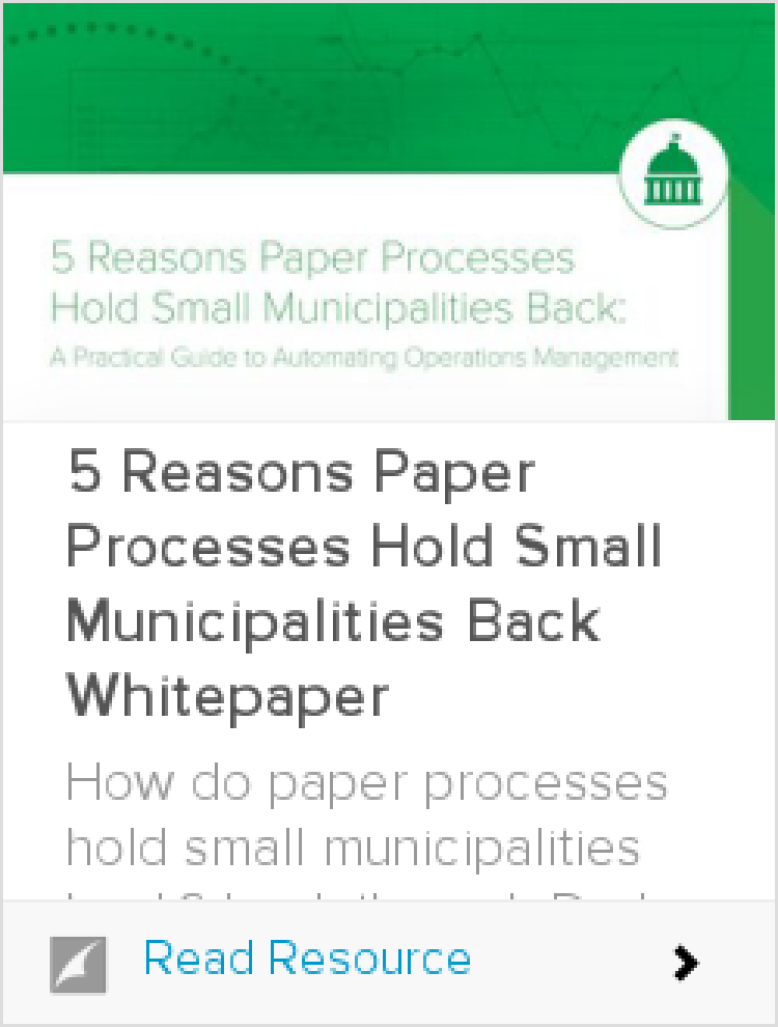
Terms
- BMP- best management practices
- CSO- combine sewer overflow
- NPDES- National Pollutant Discharge Elimination System
- NOVs- Notice of Violations
- SWMP- stormwater management program
Sources
2 https://www3.epa.gov/npdes/pubs/fact2-0.pdf
3 https://www3.epa.gov/npdes/pubs/ms4permit_improvement_guide.pdf

